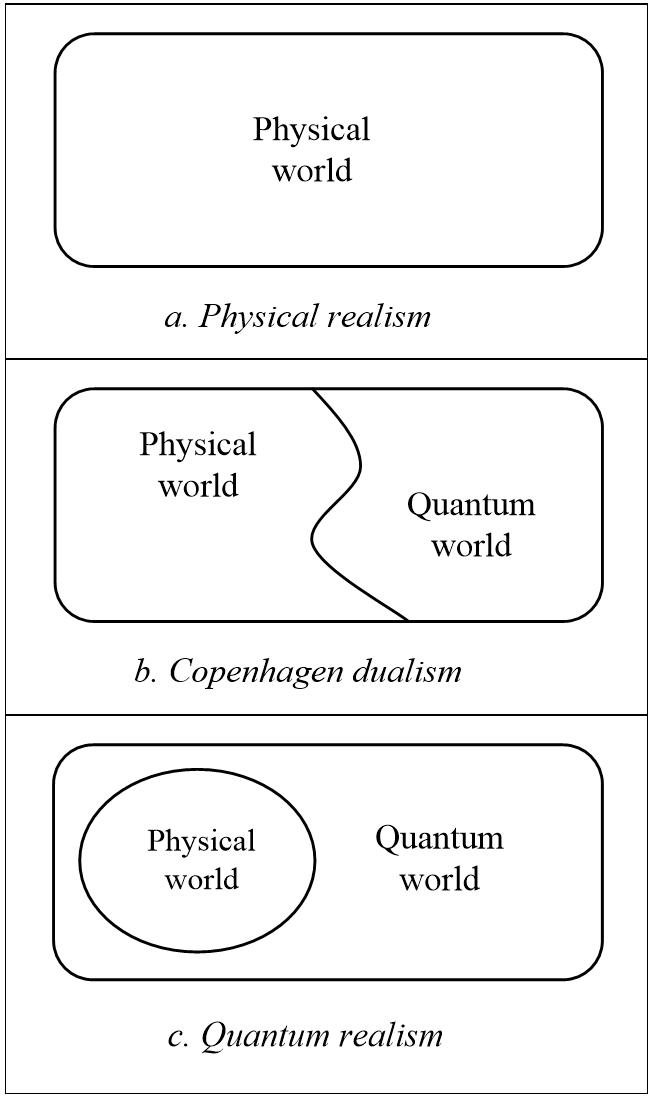After centuries of dispute over whether light is a wave or particles, Bohr devised the wave-particle compromise that holds today suggesting in the 1920’s that the two views are “complementary”, i.e. both true, and nothing better has been found since:
“…nobody has found anything else which is consistent yet, so when you refer to the Copenhagen interpretation of the mechanics what you really mean is quantum mechanics.” (Davies & Brown, 1999) p71.
The resulting don’t ask, don’t tell policy lets a photon be a wave when we don’t look as long as it is a particle when we do, so physics can apply particle or wave equations as convenient. In no physical pond do rippling waves turn into particles nor do billiard-ball particles ever become waves, but Bohr successfully sold the big lie that light is a wavicle. As Gell-Mann said in his 1976 Nobel Prize speech:
“Niels Bohr brainwashed a whole generation of physicists into believing that the problem (of the interpretation of quantum mechanics) had been solved fifty years ago.”
Bohr’s wave-particle dualism is a mystical marriage of convenience between incompatible domains, accepted by those who want to believe, just like Descartes’ mind-body dualism.

Physical realism, that the physical world is all there is, has no room for a quantum world that doesn’t follow physical laws (Figure 3.4a). Bohr’s Copenhagen dualism, that the quantum world could be said to exist alongside the physical world solely for the convenience of physics was an admission of failure not a theory advance (Figure 3.4b) (Audretsch, 2004) p14). It was the beginning of fake physics, for even as he publicly accepted that quantum theory implies a quantum world that in some way exists, he denied the quantum world existed at all in private. One can’t have the best of both worlds if they are incompatible.
Quantum realism rejects both physical realism and Bohr’s Copenhagen compromise. It proposes instead that physical events are a subset of quantum events (Figure 3.4c) so classical mechanics is a subset of quantum mechanics. We now explore this possibility.
Note: A “big lie” is a statement so outrageous that people think it must be right or it wouldn’t be said.